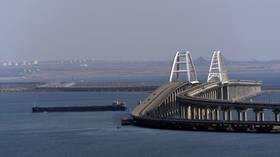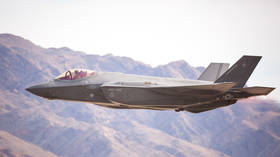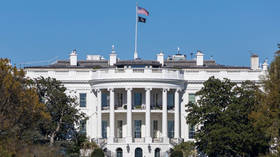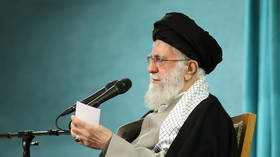Qatar could throw a wrench in America’s ambitious LNG plans
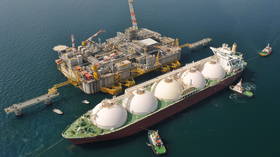
US domestic demand for natural gas has been falling for a year now, according to EIA data. The authority expects demand will continue down this year as well because of cheap renewables and coal.
And yet, production is on the rise—a combination that makes US gas producers increasingly dependent on export markets. Reuters’ John Kemp wrote in a recent column that while US natural gas production grew at some 4.3% between 2015 and 2020, domestic consumption of the commodity only increased at half that rate. Exports—via pipelines and as LNG—were what absorbed the excess. In a best-case scenario, they will continue to absorb it. In a worst-case scenario, competition on the LNG market could hit US producers hard.
Exports of American liquefied natural gas to the three top importers in Asia hit a record in February, reaching 3.2 million tons in February amid colder than usual weather for that time of the year. The February export amount was two and a half times greater than the previous monthly record set by US exporters.
Also on rt.com Russia ready to supply LNG to fuel-hungry PakistanLNG exports to Asia also surged by as much as 67% last year, which is certainly good news for producers and liquefiers. What’s not so good is that exports to Asia represented about half of all US LNG exports last year.
It’s obvious that Asia is the key market for LNG exporters: the continent is currently moving from coal to gas for its power generation and will drive demand for the commodity for probably decades to come. The problem with that, for US LNG producers, is that they’re not alone on the market.
The biggest threat comes from Qatar—reigning top LNG exporter and low-cost producer—which recently announced plans to expand its production capacity significantly.
Read more on Oilprice.com: Iran could soon officially return 2 million Bpd of oil to global markets
In February, Qatar announced the final investment decision on what it says will be the world’s largest LNG project, boosting the tiny Gulf nation’s annual total from 77 million tons to 110 million tons—a 40-percent capacity increase. The capacity increase will cost $28.75 billion and should become operational by 2025.
Yet there is something even more significant in the Qatari project than its sheer size. The North Field East Project will feature a carbon capture and sequestration system, according to operator Qatar Petroleum. This means that the gas produced there will have a lower carbon footprint than LNG produced without a CCS system, which is most LNG today.
Also on rt.com US LNG exports fall from record highsHere’s why this is important. Last year, French Engie canceled a $7-billion deal for the acquisition of a stake in the Rio Grande LNG project of NextDecade. The cancellation, according to media reports, came after pressure from the French government, which was worried about the emissions footprint of the natural gas that would be liquefied at the facility.
Now, Europe is not Asia, for sure, but it is quite a big LNG buyer, too, and another key market for US exporters of the super-chilled hydrocarbon fuel. Besides a big buyer of LNG, Europe has also been a source of a stable stream of bad news that could be summed up with three words: European Green Deal.
The EU’s energy transition plan involves ambitious emission targets, and these targets will likely make the bloc picky about the sources of its natural gas, which, according to the man who heads the green push, Frans Timmermans. Timmermans recently said gas has no viable future in Europe’s energy mix, and that was nothing if not a warning.
US gas producers and LNG companies may need to stop and take a look around while there’s still time. Asia and Europe are the biggest export markets for their product. Even if political pressure on the EU and Germany works and Germany gives up the Nord Stream 2 pipeline—the chances of that are still slim—this doesn’t mean US LNG will start flowing massively into the EU. It means that it will still have to compete with Qatari and, ironically, Russian LNG on the continent. And the importers will require the LNG equivalent of a clean bill of health: low emission footprint.
Also on rt.com The future of US liquefied natural gas hangs in the balanceBack to Asia, buyers are also starting to pay attention to the emission record of the LNG they buy, at least according to Europe-based MiQ, an independent global certifier of methane emissions. Certainly, not all Asian countries are ready to afford the premium that the cleaner gas carries, but buyers in the three biggest importers could be ready, and soon. After all, Japan, South Korea, and China all have ambitious emissions-cutting programs.
US LNG producers could simply cough up the money for CCS systems or other emissions-reduction measures. Only “simply” is not simple at all. US LNG is already more expensive than Qatari LNG in many export markets. Investing in its emissions footprint will only increase its cost, reducing its competitiveness.
Things are even more interesting for the Biden administration, however. As Reuters’ Kemp noted in his column, the administration will need to square its global emissions-reduction agenda with promoting US LNG globally—two mutually exclusive issues.
This article was originally published on Oilprice.com




